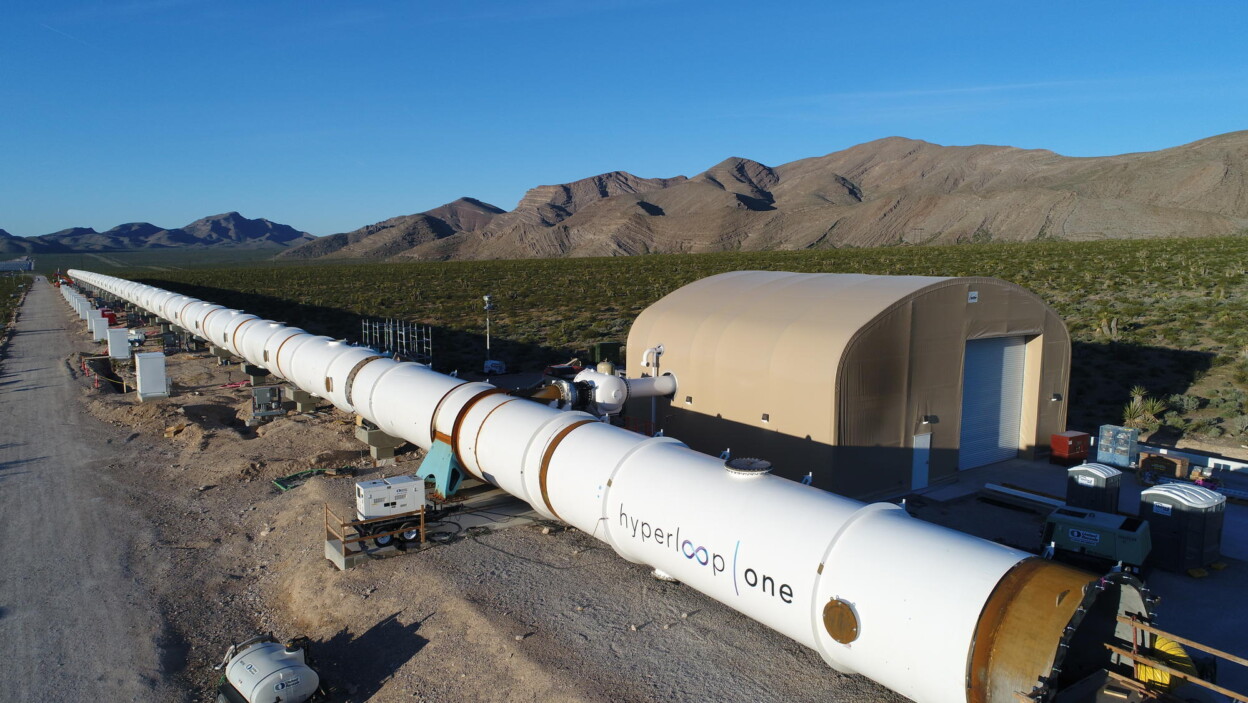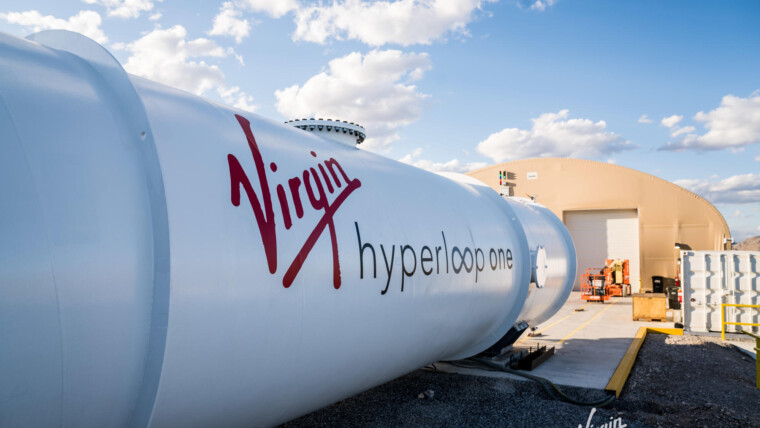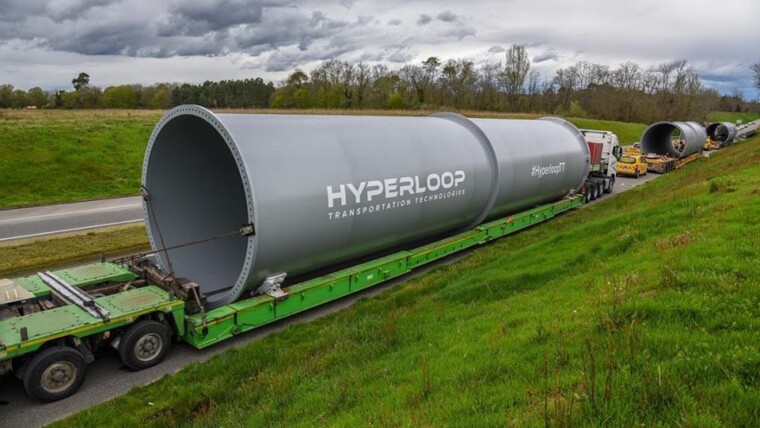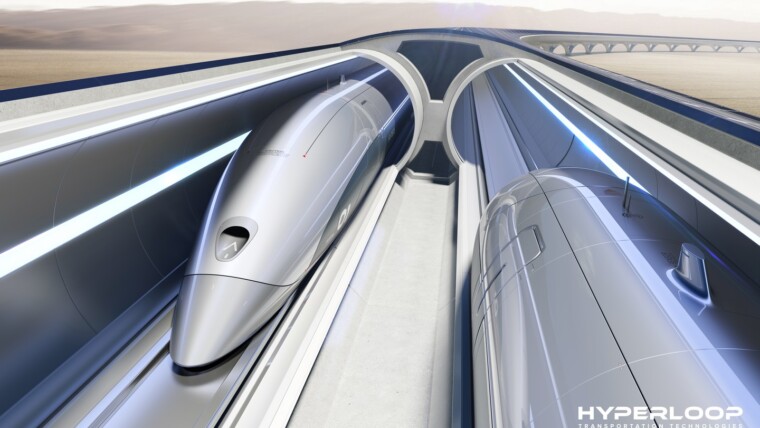
One of the Hyperloop companies, Hyperloop One, has completed their test track in Las Vegas. Dubbed DevLoop, it is the world’s first full-system test track. Last week, executives from Hyperloop One joined leading policymakers and transportation experts to reveal details of select Hyperloop routes in the US and to initiate a nationwide conversation about the future of transportation.
Of more than 2,600 participants in the Hyperloop One Global Challenge, 11 teams presented routes, linking 35 cities and covering more than 2,800 miles. They join 24 other teams from around the globe, each vying to be among 12 finalists. Three eventual winners will work closely with Hyperloop One engineering and business development teams to explore project development and financing.
“Hyperloop One is the only company in the world building an operational commercial Hyperloop system,” said Rob Lloyd, chief executive officer of Hyperloop One. “This disruptive technology – conceived, developed and built in the U.S. – will move passengers and cargo faster, cleaner and more efficiently. It will transform transportation as we know it and create a more connected world.”
Lloyd said that by year’s end the company will have a team of 500 engineers, fabricators, scientists and other employees dedicated to bringing the technology to life. Hyperloop One, he said, will enable broad benefits across communities and markets, support sustainable manufacturing and supply chains, ease the strain on existing infrastructure and improve the way millions live and work.
With Hyperloop One, passengers and cargo are loaded into a pod and accelerate gradually via electric propulsion through a low-pressure tube. The pod quickly lifts above the track using magnetic levitation and glides at airline speeds for long distances due to ultra-low aerodynamic drag. This week, the company finalised the tube installation on its 1640-foot-long DevLoop, located in the desert outside of Las Vegas; the facility serves as an outdoor lab for its proprietary levitation, propulsion, vacuum and control technologies.

“The U.S. has always been a global innovation vanguard – driving advancements in computing, communication and media to rail, automobiles and aeronautics,” said Shervin Pishevar, executive chairman of Hyperloop One. “Now, with Hyperloop One, we are on the brink of the first great breakthrough in transportation technology of the 21st century, eliminating the barriers of time and distance and unlocking vast economic opportunities.”
“Hyperloop One is the American Dream, and it’s fast becoming an American reality,” Pishevar said.
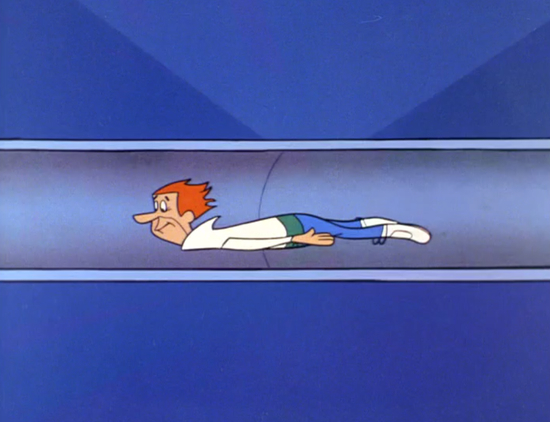
The Hyperloop One Global Challenge
The Hyperloop One Global Challenge kicked off in May 2016 as an open call to individuals, universities, companies and governments to develop comprehensive proposals for deploying Hyperloop One’s transport technology in their region. Five of the proposals – including those from Texas, Florida, Colorado, Nevada and Missouri – involve officials from their state Departments of Transportation.
Proposed routes that would greatly reduce passenger and cargo transport times across some of the country’s most heavily trafficked regions including Los Angeles-San Diego, Miami-Orlando and Seattle-Portland. The longest distance proposal, Cheyenne-Houston, would run 1,152 miles across four states, reducing to 1 hour and 45 minutes a journey that currently takes 17 hours by car or truck.
Other posts by Mark Leo

